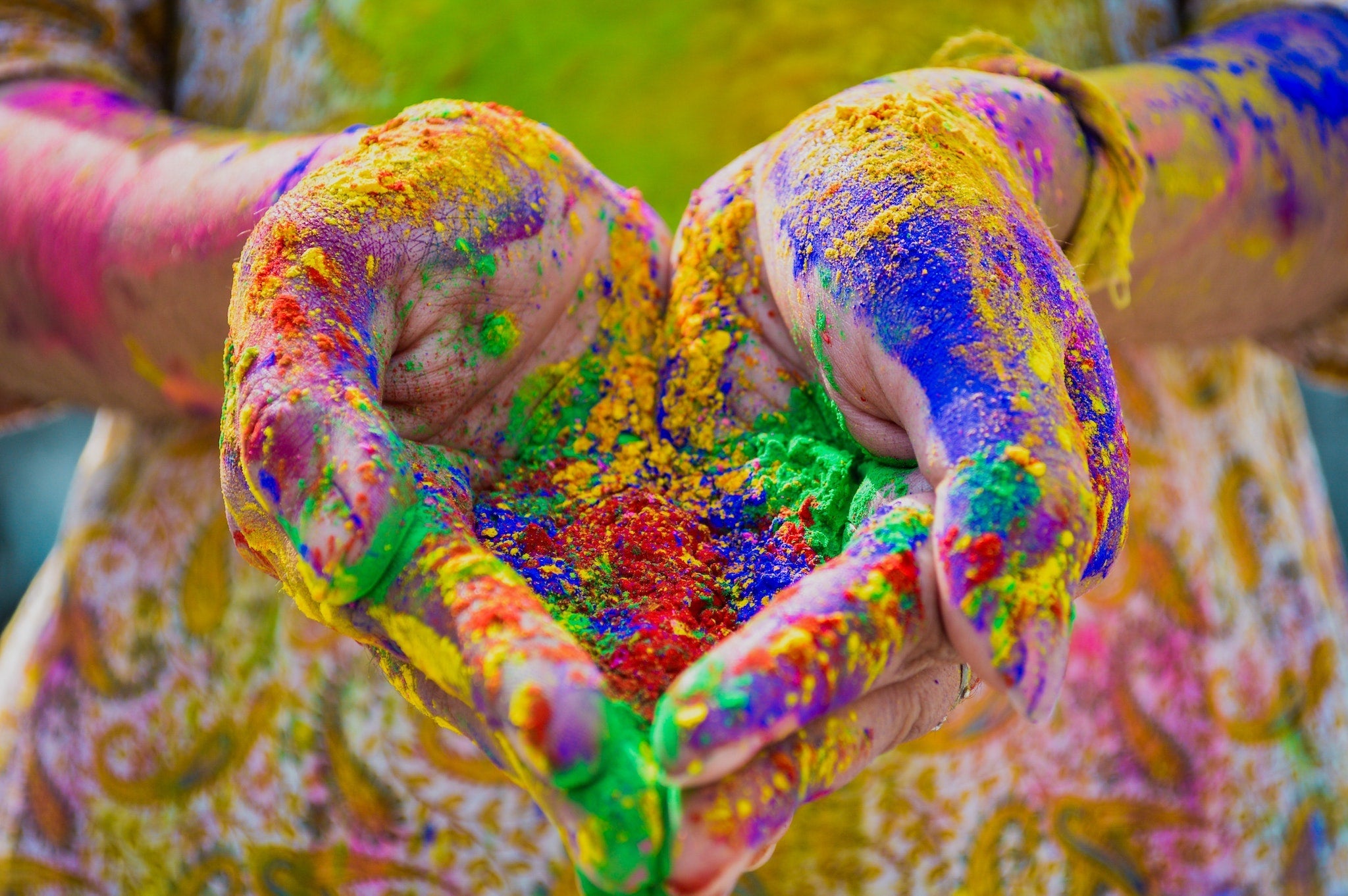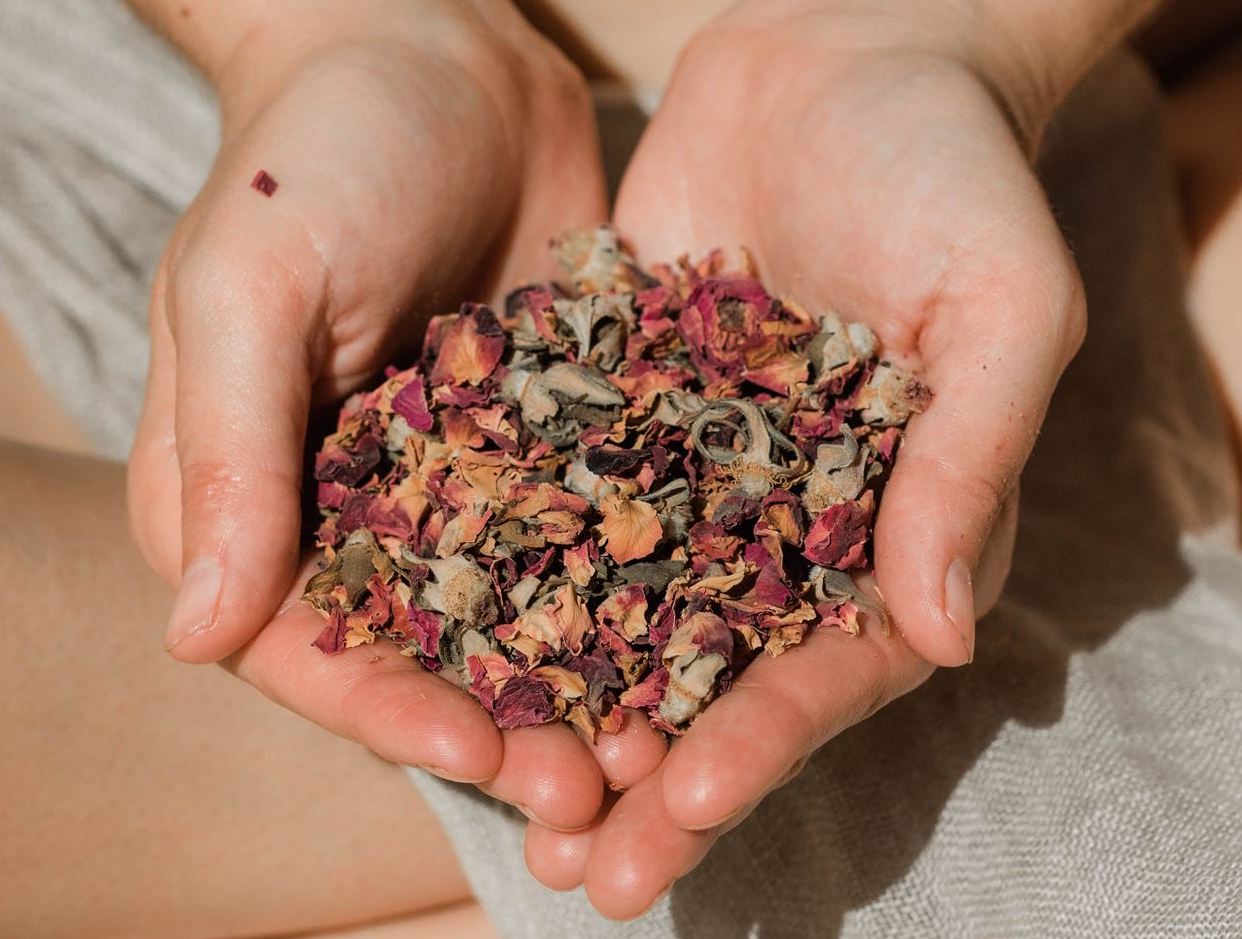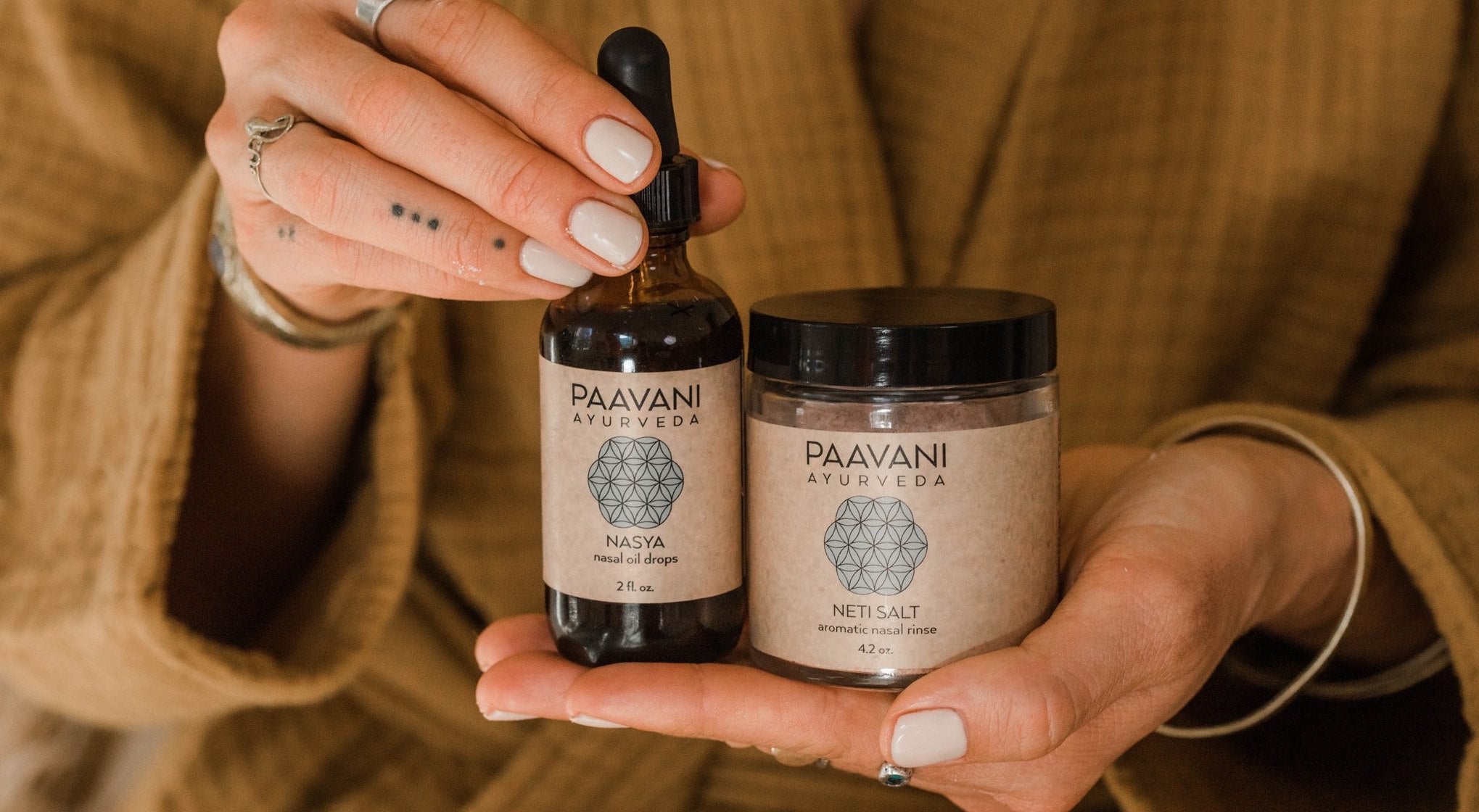
Happy Holi! The Hindu Festival of Colors & The Emergence of Spring
As the gray, steely skies of late winter begin to lift and we inch closer towards the vernal equinox, the colors of spring begin to emerge with sightings of tulips, roses, cherry blossoms, lilacs and daffodils dazzling us with their captivating beauty and vibrancy. Simultaneously, the last full moon of the Hindu lunisolar calendar month shines down upon us and the celebration of Holi commences. Inspired by the natural world and Hindu mythology, Holi, also known as the ‘festival of colors’, the ‘festival of spring’ and the ‘festival of love’ embodies the rebirth, renewal and joy that spring, also known as kapha season, brings.
Holi is an ancient Hindu festival that has been celebrated for centuries in the Indian subcontinent. In fact, the Vedas (ancient Indian texts), which date back to 1200 BCE make reference to the festival, along with Indian poems from the 4th century CE which cite the celebration and 16th-century temple wall murals at the UNESCO world heritage site, Hampi, also depict a joyful scene of people celebrating Holi. The colorfulness, exuberance and wonder of this festival, along with the migration of Indian people throughout the globe, has inspired Holi festivals all over the world including: Trinidad, Surinam, Tobago, the United Kingdom, the United States and Australia, to name a few. Although now celebrated in different manifestations worldwide, we wanted to take a closer look at Holi’s Hindu mythological origins and how it inspired the unfolding of this enchanting festival of colors in India.
Hindu Mythology & Holi
Hiranyakashipu, Holika & Prahlad
Rooted in Hindu mythology, Holi originates from a story of good triumphing over evil. The story goes that once there lived an evil and tyrannical king named Hiranyakashipu. This arrogant king ordered that everyone in his kingdom stop worshiping the Hindu deities like Vishnu, Shiva and Durga and instead worship only him as the ruler of the heavens, earth and the underworld. All was going well for Hiranyakashipu until his own son, the heroic Prince Prahlad was born. Prahlad became a devoted disciple of Lord Vishnu, which violated the rules of his wicked father; hence, Hiranyakashipu decided that his son must die.
In order to kill Prahlad, Hiranyakashipu called upon his evil sister, the asura (demon), Holika. Since Holika was immune to fire, it was agreed that Holika would capture Prahlad and force him to sit upon the pyre with her. This way, Prahlad would die by fire but Holika would survive. However, with the power of Lord Vishnu’s divinity and goodness protecting him, Prahlad was unscathed by the fire while the demon Holika was burned to ashes. This story inspires both the name of the Holi festival as well as the celebration’s intent of honoring light over darkness and good over evil.
This ancient mythological story is commemorated with Holika Dahan, the fire ceremony that occurs the night before Holi’s color celebration. During Holika Dahan, celebrants gather together and search out wood to form a pyre. Two effigies are placed in the center of the pyre- one is made of combustible material and represents Holika while the other is made from non-combustible material and represents Prahlad. While the pyre burns, people sing and dance throughout the night, honoring their Hindu roots and rich lineage.

Krishna & Radha
The color festival that Holi is well known for has its mythological origins with the Hindu deity, Lord Krishna and his beloved, Radha. When Krishna was an infant, an evil asura, Poothana, attempted to murder Krishna by giving him poisoned milk to drink. However, rather than kill Krishna, the milk turned Krishna blue.
As a child Lord Krishna was always self-conscious of his blue skin. One day young Krishna was lamenting his blue complexion to his mother, Yashoda, crying out that he wished he had the same beautiful skin as his dear friend Radha. To appease her son, Yashoda gave Krishna permission to paint Radha’s face in whatever color he wished. Sweet but mischievous Krishna jumped at this opportunity and with the help of his pichkari (essentially a bamboo water gun), he playfully colored Radha’s face with paint. When all the other gopis (cow-herd girls) saw the beautiful colors splashed on Radha’s face, they enviously followed suit. Thus, this is how Holi’s color festival originated. The act of applying color to one another’s faces during Holi symbolizes the pure, immortal love between Krishna and Radha and gives space for individuals to playfully display affection, admiration and love for all the special people in their lives.

Holi Colors & their Meanings
Each brilliant and bold color that is incorporated into Holi’s festival of colors carries a special meaning and significance in Hindu culture. These colored powders were once completely derived from the earth, utilizing the natural hues of herbs, plants, roots and flowers for the multicolored celebration. Today, the colored powders are typically made with rice and/or cornstarch combined with food coloring; however, one can still utilize the natural colors of the earth to make Holi colors!
A special thank you to Poornima Pandey for sharing the significance of Holi’s colors at Her Zindagi.
Red
Signifies love, fertility and weddings. Ayurveda recommends red to balance kapha.
Blue
Represents the blue skin and essence of Lord Krishna. Ayurveda explains that blue balances pitta.
Yellow
In ancient times, people used turmeric as their yellow Holi powder. As Ayurvedic wisdom teaches, turmeric is an excellent herbal ally that bolsters immunity. Furthermore, the color yellow during Holi signifies good health. Hindu mythology also explains that Lord Vishnu wove rays from the sun into a yellow garment for himself and playful Lord Krishna is also depicted in yellow garb. Ayurveda shares that yellow balances both vata and kapha.
Green
Lord Vishnu has many incarnations, with one of them being born as Prince Rama. Hinduism shares that much of Rama’s life was spent in exile in the green and verdant Indian forests. Thus, the color green represents Lord Vishnu. It also symbolizes nature, freshness, new beginnings and vitality. Ayurveda teaches that green balances vata and pitta.
Orange
Evokes the energy of the sun and spreads light and joy. Ayurveda recommends orange to balance kapha.
Pink
Linked with positivity, kindness and cultivating a compassionate nature. Ayurveda shares that pink balances pitta.
Purple
A magical color connected with mystery, purple is also considered calming and soothing. Ayurveda shares that purple balances vata and pitta.
Cultivate Joy & Togetherness this Holi
As you can see, Holi is a Hindu holiday with ancient origins. This springtime festival connects the Hindu people with their ancestors, deities and spirit, along with all participating people, everywhere. Holi creates a sense of togetherness for everyone that partakes in this joyous occasion.
Holi inspires us all to let go of our daily decorum and let our hair down as we connect with our childlike, fun-loving, and playful Krishna nature. It invites us to celebrate the bright and cheerful colors of the spring season, while also encouraging us to make room for the light as we slough off any stagnant, dark energy from the past. Finally, it reminds us that kindness and love will always triumph over hatred and fear.
Wishing you a very happy Holi and fruitful kapha or spring season!





Leave a comment
This site is protected by hCaptcha and the hCaptcha Privacy Policy and Terms of Service apply.